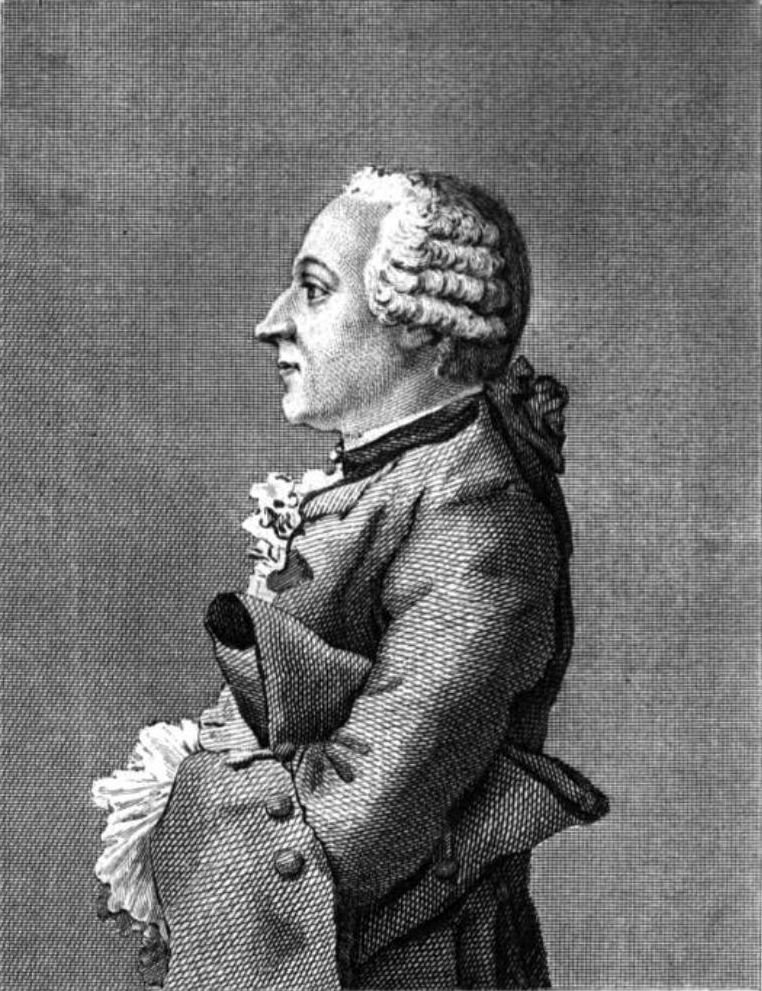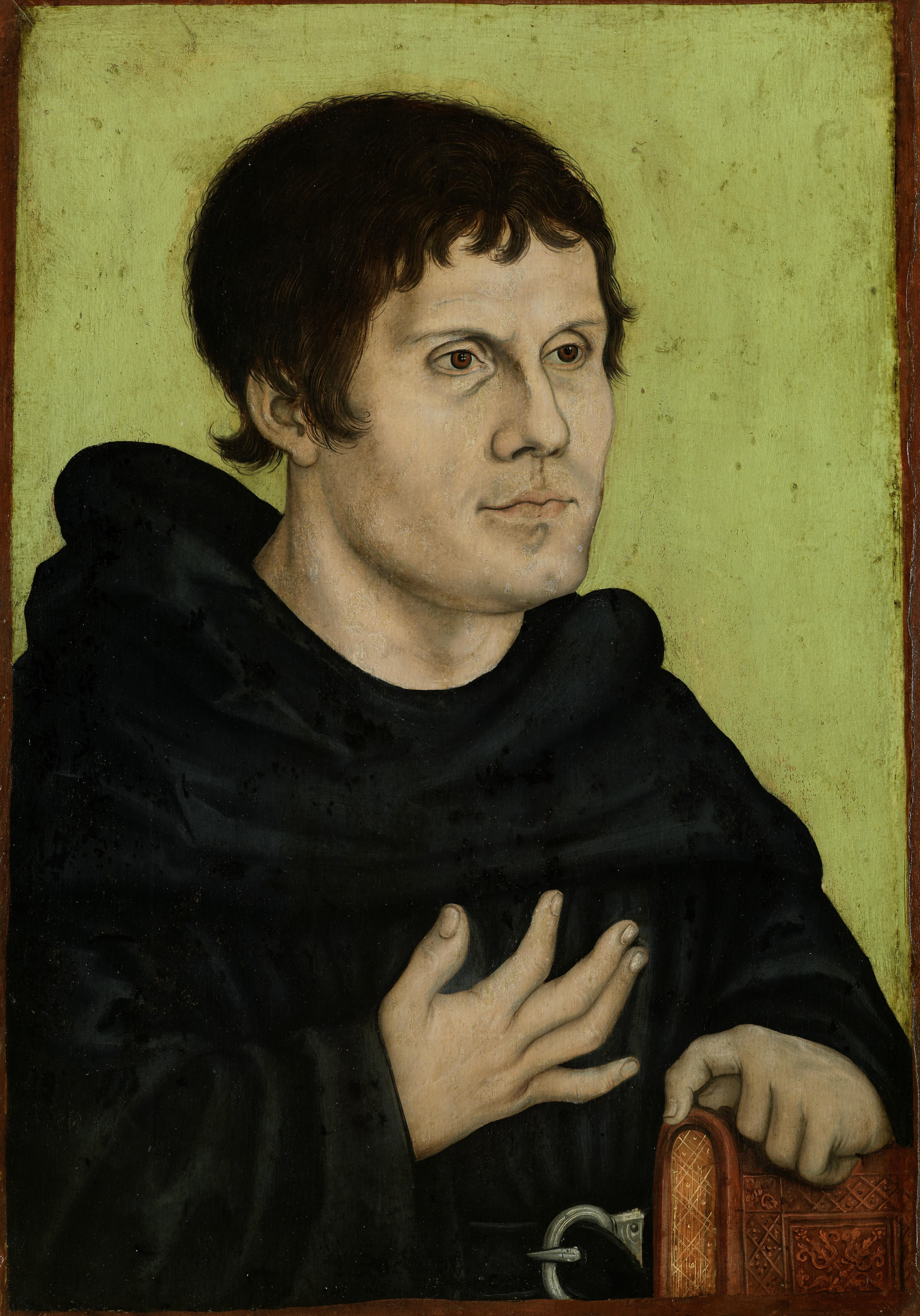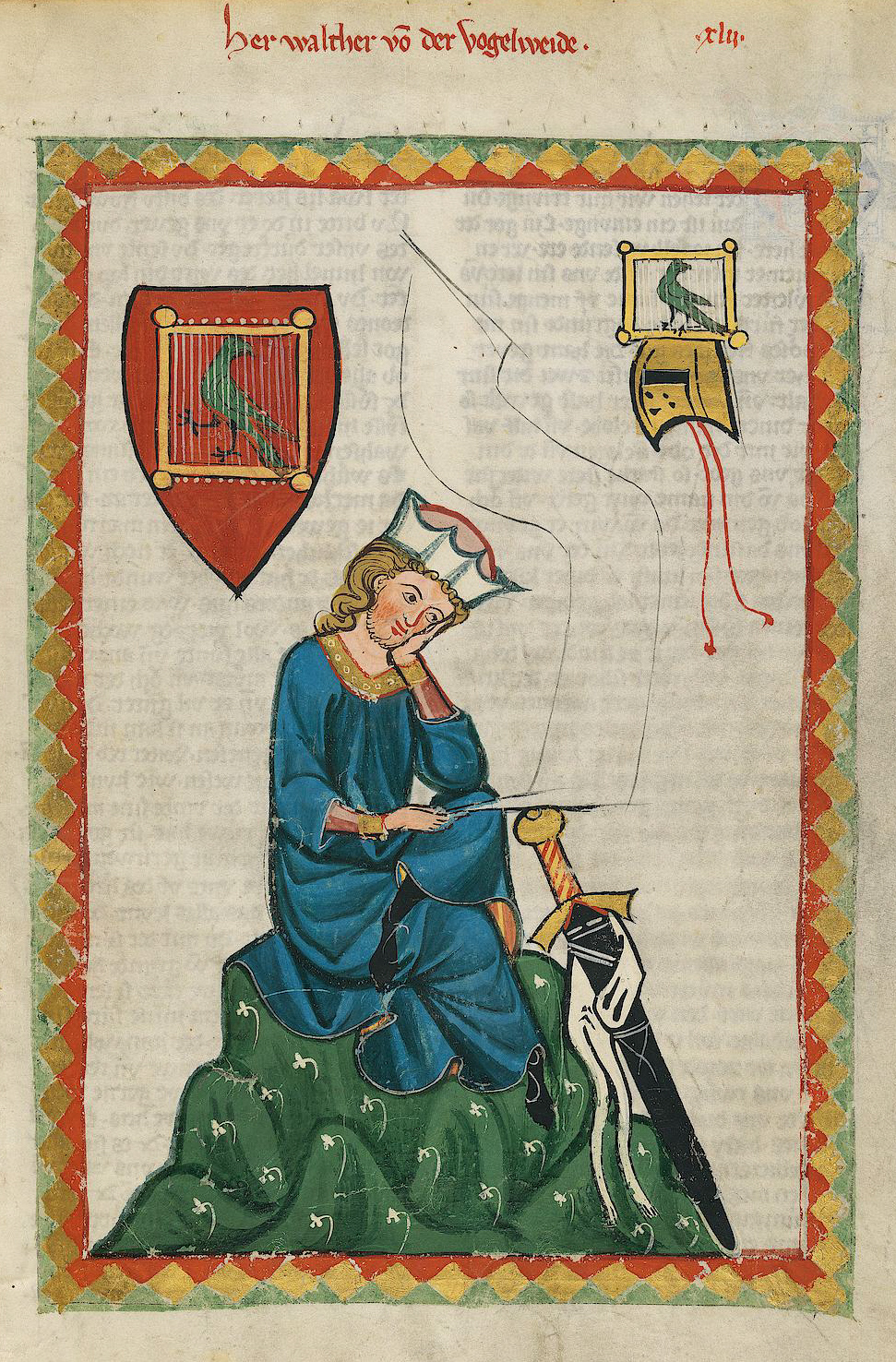|
Michael Huber (writer)
Michael Huber (27 September 1727 – 15 April 1804) was a German writer, translator and art expert. Born in Bavaria, he moved to Paris as a young man, where he probably worked as a language teacher. In the 1750s, he became a contributor to a French literary journal presenting foreign literature and started translating; his successful translations of the works of the Swiss poet Salomon Gessner into French were instrumental in popularising Gessner's works outside German-speaking areas. Huber also published an anthology of German poetry in French, with an introduction that separated German literary history into four distinct eras and was also translated into German. In 1766, Huber, his French wife Anna-Louise and their only surviving child, Ludwig Ferdinand Huber, moved to Leipzig. Huber became teacher of French at the University of Leipzig, but as a Catholic could not obtain a formal chair at the Protestant university. He continued to translate German works into French, but was als ... [...More Info...] [...Related Items...] OR: [Wikipedia] [Google] [Baidu] |
Michael Huber (Graff Engraved By Tardieu)
Michael Huber may refer to: *Michael Huber (writer) (1727–1804), German translator and art expert *Michael Huber (priest) Michael Huber (5 July 1841 – 14 March 1911) was a Bavarian Catholic priest and politician of the Centre Party. As priest, he worked as military chaplain, father of confession, parish priest and member of the Cathedral Chapter of Regensburg. As p ... (1841–1911), Bavarian priest and Centre party politician * Michael Huber (footballer) (born 1990), Austrian footballer {{hndis, Huber, Michael ... [...More Info...] [...Related Items...] OR: [Wikipedia] [Google] [Baidu] |
Friedrich Melchior, Baron Von Grimm
Friedrich Melchior, Baron von Grimm (26 September 172319 December 1807) was a German-born French-language journalist, art critic, diplomat and contributor to the ''Encyclopédie ou Dictionnaire raisonné des sciences, des arts et des métiers''. In 1765 Grimm wrote ''Poème lyrique'', an influential article for the Encyclopédie on lyric and opera librettos. Like Christoph Willibald Gluck and Ranieri de' Calzabigi, Grimm became interested in opera reform. According to , a German literary theorist, "sooner or later a book entitled ''The Aesthetic Ideas of Grimm'' will have to be written." Early years Grimm was born at Regensburg, the son of Johann Melchior Grimm (1682–1749), a pastor, and Sibylle Margarete Grimm, (''née'' Koch) (1684–1774). He studied at the University of Leipzig, where he came under the influence of Johann Christoph Gottsched and of Johann August Ernesti, to whom he was largely indebted for his critical appreciation of classical literature. When ninete ... [...More Info...] [...Related Items...] OR: [Wikipedia] [Google] [Baidu] |
Christoph Martin Wieland
Christoph Martin Wieland (; ; 5 September 1733 – 20 January 1813) was a German poet and writer, representative of literary Rococo. He is best-remembered for having written the first ''Bildungsroman'' (''Geschichte des Agathon''), as well as the epic '' Oberon'', which formed the basis for both Friederike Sophie Seyler's opera of the same name and Carl Maria von Weber's opera of the same name. His thought was representative of the cosmopolitanism of the German Enlightenment, exemplified in his remark: "Only a true cosmopolitan can be a good citizen." He was a key figure of Weimar Classicism and a collaborator of Abel Seyler's theatre company. Biography Christoph Martin Wieland was born in Oberholzheim (now part of Achstetten), half of which then belonged to the Free Imperial City of Biberach an der Riss and the other half to Gutenzell Abbey in the south-east of the modern-day state of Baden-Württemberg. His father, who was pastor in Oberholzheim and subsequently i ... [...More Info...] [...Related Items...] OR: [Wikipedia] [Google] [Baidu] |
Albrecht Von Haller
Albrecht von Haller (also known as Albertus de Haller; 16 October 170812 December 1777) was a Swiss anatomist, physiologist, naturalist, encyclopedist, bibliographer and poet. A pupil of Herman Boerhaave and Jacob Winslow, he is sometimes referred to as "the father of modern physiology." Early life Haller was born into an old Swiss family at Bern. Prevented by long-continued ill-health from taking part in boyish sports, he had more opportunity for the development of his precocious mind. At the age of four, it is said, he used to read and expound the Bible to his father's servants; before he was ten he had sketched a Biblical Aramaic grammar, prepared a Greek and a Hebrew vocabulary, compiled a collection of two thousand biographies of famous men and women on the model of the great works of Bayle and Moréri, and written in Latin verse a satire on his tutor, who had warned him against a too great excursiveness. When still hardly fifteen he was already the author of numero ... [...More Info...] [...Related Items...] OR: [Wikipedia] [Google] [Baidu] |
Martin Opitz
Martin Opitz von Boberfeld (23 December 1597 – 20 August 1639) was a German poet, regarded as the greatest of that nation during his lifetime. Biography Opitz was born in Bunzlau (Bolesławiec) in Lower Silesia, in the Principality of Schweidnitz-Jauer, the son of a prosperous citizen. He received his early education at the gymnasium of his native town, of which his uncle was rector, and in 1617 attended the high school—"Schönaichianum"—at Beuthen an der Oder (Bytom Odrzański), where he made a special study of French, Dutch and Italian poetry. In 1618 he entered the University of Frankfurt-on-Oder as a student of ''literae humaniores'', and in the same year published his first essay, '' Aristarchus, sive De contemptu linguae Teutonicae'', which presented the German language as suitable for poetry. In 1619 Opitz went to Heidelberg, where he became the leader of the school of young poets which at that time made that university town remarkable. Visiting Leiden in the ... [...More Info...] [...Related Items...] OR: [Wikipedia] [Google] [Baidu] |
Martin Luther
Martin Luther ( ; ; 10 November 1483 – 18 February 1546) was a German priest, Theology, theologian, author, hymnwriter, professor, and former Order of Saint Augustine, Augustinian friar. Luther was the seminal figure of the Reformation, Protestant Reformation, and his theological beliefs form the basis of Lutheranism. He is widely regarded as one of the most influential figures in Western world, Western and History of Christianity, Christian history. Born in Eisleben, Luther was ordained to the Priesthood in the Catholic Church, priesthood in 1507. He came to reject several teachings and practices of the contemporary Catholic Church, Roman Catholic Church, in particular the view on indulgences and papal authority. Luther initiated an international debate on these in works like his ''Ninety-five Theses'', which he authored in 1517. In 1520, Pope Leo X demanded that Luther renounce all of his writings, and when Luther refused to do so, Excommunication in the Catholic Church, ... [...More Info...] [...Related Items...] OR: [Wikipedia] [Google] [Baidu] |
Ship Of Fools (satire)
''Ship of Fools'' (Modern German: ; ; original medieval German title: ) is a satirical allegory in German verse published in 1494 in Basel, Switzerland, by the humanist and theologian Sebastian Brant. It is the most famous treatment of the ship of fools trope and circulated in numerous translations. Overview The ''Ship of Fools'' was published in 1494 in Basel, Switzerland, by Sebastian Brant. It was printed by Michael Furter for Johann Bergann von Olpe. The book consists of a prologue, 112 brief satires, and an epilogue, all illustrated with woodcuts. Brant takes up the ship of fools trope, popular at the time, lashing with unsparing vigor the weaknesses and vices of his time. He conceives Saint Grobian, whom he imagines to be the patron saint of vulgar and coarse people. The concept of foolishness was a frequently used trope in the pre-Reformation period to legitimize criticism, as also used by Erasmus in his '' Praise of Folly'' and Martin Luther in his "" (''Addr ... [...More Info...] [...Related Items...] OR: [Wikipedia] [Google] [Baidu] |
Sebastian Brant
Sebastian Brant (also Brandt; 1457/1458 – 10 May 1521) was a German humanist and satirist. He is best known for his satire '' Das Narrenschiff'' (''The Ship of Fools''). Early life and education Brant was born in either 1457 or 1458 in Strasbourg, Holy Roman Empire, to innkeeper Diebold Brant and Barbara Brant (née Rickler). He entered the University of Basel in October 1475 and as an assistant to Jacobus Hugonius he did not pay the matriculation. For five years he lived in the dorm of magister Hieronymus Berlin, initially studying philosophy and then transferring to the school of law. He was taught Latin by Johann Matthias von Gengenbach, who also lectured philosophy at the Faculty of Philosophy. Initially studying at the Faculty of Philosophy he later studied law. It is assumed he began his law studies in 1476, as his bachelor is already mentioned in the winter of 1477-1478 and in 1484 Brant obtained a licentiate.Wilhelmi, Thomas (ed.).p.14 In 1483 he began teaching at the ... [...More Info...] [...Related Items...] OR: [Wikipedia] [Google] [Baidu] |
Meistersinger
A (German for "master singer") was a member of a German guild for lyric poetry, composer, composition and a cappella, unaccompanied art song of the 14th to 16th centuries. The Meistersingers were drawn from middle class males for the most part. Guilds The ''Meistersinger'' maintained and developed the traditions of the medieval Minnesingers. They belonged to the artisan and trading classes of the German towns, and regarded as their masters and the founders of their guild twelve poets of the Middle High German period, including Wolfram von Eschenbach, Konrad von Würzburg, Reinmar von Zweter, and Heinrich Frauenlob. Frauenlob allegedly established the earliest Meistersinger school at Mainz, early in the 14th century. The schools originated first in the upper Rhine district, then spread elsewhere. In the 14th century schools operated at Mainz, Strasbourg, Frankfurt, Würzburg, Zürich, and Prague; in the 15th at Augsburg and Nuremberg. Nuremberg, under the leadership of Hans Sach ... [...More Info...] [...Related Items...] OR: [Wikipedia] [Google] [Baidu] |
Hohenstaufen
The Hohenstaufen dynasty (, , ), also known as the Staufer, was a noble family of unclear origin that rose to rule the Duchy of Swabia from 1079, and to royal rule in the Holy Roman Empire during the Middle Ages from 1138 until 1254. The dynasty's most prominent rulers – Frederick I (1155), Henry VI (1191) and Frederick II (1220) – ascended the imperial throne and also reigned over Italy and Burgundy. The non-contemporary name of 'Hohenstaufen' is derived from the family's Hohenstaufen Castle on Hohenstaufen mountain at the northern fringes of the Swabian Jura, near the town of Göppingen. Under Hohenstaufen rule, the Holy Roman Empire reached its greatest territorial extent from 1155 to 1268. Name The name Hohenstaufen was first used in the 14th century to distinguish the 'high' (''hohen'') conical hill named Staufen in the Swabian Jura (in the district of Göppingen) from the village of the same name in the valley below. The new name was applied to the hill c ... [...More Info...] [...Related Items...] OR: [Wikipedia] [Google] [Baidu] |
Minnesang
(; "love song") was a tradition of German lyric- and song-writing that flourished in the Middle High German period (12th to 14th centuries). The name derives from '' minne'', the Middle High German word for love, as that was ''Minnesang'''s main subject. People who wrote and performed ''Minnesang'' were known as ''Minnesänger'' (), and a single song was called a ''Minnelied'' (). The ''Minnesänger'' are comparable to the Occitan troubadours and northern French ''trouvères,'' but they are "an original German contribution to courtly lyric." Social status In the absence of reliable biographical information, there has been debate about the social status of the ''Minnesänger''. Some clearly belonged to the higher nobility – the 14th-century Codex Manesse includes songs by dukes, counts, kings, and the Emperor Henry VI. Some ''Minnesänger'', as indicated by the title ''Meister'' (master), were clearly educated commoners, such as Meister Konrad von Würzburg. It is thought ... [...More Info...] [...Related Items...] OR: [Wikipedia] [Google] [Baidu] |
Otfrid Of Weissenburg
Otfrid of Weissenburg (; ; 800 - after 870 AD) was a monk at the abbey of Weissenburg (modern-day Wissembourg in Alsace) and the author of a gospel harmony in rhyming couplets now called the ''Evangelienbuch''. It is written in the South Rhine Franconian dialect of Old High German. The poem is thought to have been completed between 863 and 871. Otfrid is the first German poet whose name we know from his work. Life More is known about Otfrid's life and work than about that of almost any other medieval German poet. He was born around 800. Assuming he followed the normal progression of monastic life, he will have entered Weissenburg as a novice at the age of seven, become sub-deacon by around 821, deacon around 826 and priest around 830. The Latin letter which prefaces the ''Evangelienbuch'' indicates that he was taught at Fulda by Hrabanus Maurus, and this was mostly likely in the period 832–842. There is evidence that before going to Fulda he was one of the two scribes who ... [...More Info...] [...Related Items...] OR: [Wikipedia] [Google] [Baidu] |







